Despite their popularity, peripherally inserted central catheters (PICC) may not always be the best choice for intravenous (IV) delivery of medicine in the short term, according to a new study published in the Journal of Hospital Medicine. According to the researchers, 25 percent of the time that PICCs are inserted, patients face more risks than benefits since they required the IV device for less than a week.
In this study, one in ten patients experienced a complication related to the PICC device, such as an infection or blood clot. What’s more, one in three patients treated with a PICC device had kidney problems; since this type of catheter can damage blood vessels, these patients could be ineligible for potentially life-saving dialysis treatment down the line.
The researchers made use of data from over 15,000 PICC placements at 52 hospitals between 2014 and 2016. According to the researchers, their results emphasize the need to educate healthcare professionals on the risks of short-term PICC use and present some safer alternatives.
“When PICCs first came out, they became an ‘easy button’ for vascular access, and the safety issues weren’t recognized,” said Dr. David Paje, the University of Michigan hospitalist who led the research team. “Now the dynamics have changed, and we need to be more thoughtful with their use.”
In 2015, Paje and his team developed guidelines aimed at helping clinicians decide when it was appropriate to use a PICC device on a patient, and recommend alternatives such as a midline or peripheral IV, when necessary. The MAGIC guidelines were based on previous studies of the risks of using the catheter, and were turned into an app in 2017.
“This study helps illustrate how medical devices such as PICCs can be both helpful and harmful,” said senior author and Division of Hospital Medicine chief Vineet Chopra, who led the development of MAGIC and is a member of the U-M Institute for Healthcare Policy and Innovation. “Understanding how best to balance appropriate use – using tools like MAGIC – is the way to safe and better patient care.”
A number of factors were found to influence the likelihood that a patient would have a PICC device inserted, including their previous history with IVs and whether nurses have had difficulties with vascular access. They even found that some patients requested a PICC device to avoid the pain of enduring multiple needle pricks as the nurse tries to locate a vein.
“The use of PICCs exploded because the safety issues were not initially recognized, including those associated with clots and infections,” said Paje. “Now we’re coming back full circle, and we need to adapt and implement quality improvement processes to be more judicious with their use. We need to recognize that PICCs are not without any consequence, even for short-term use.”


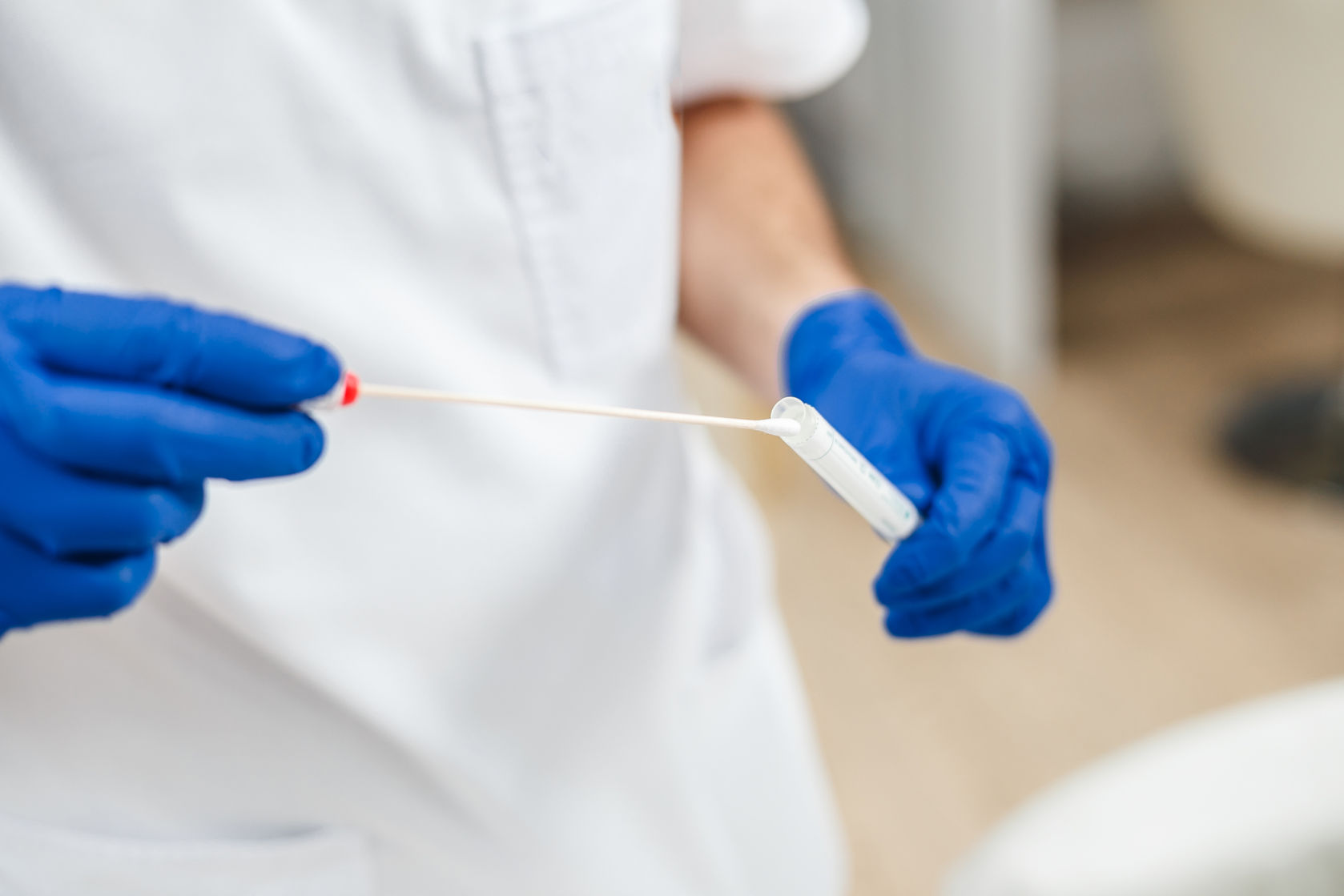
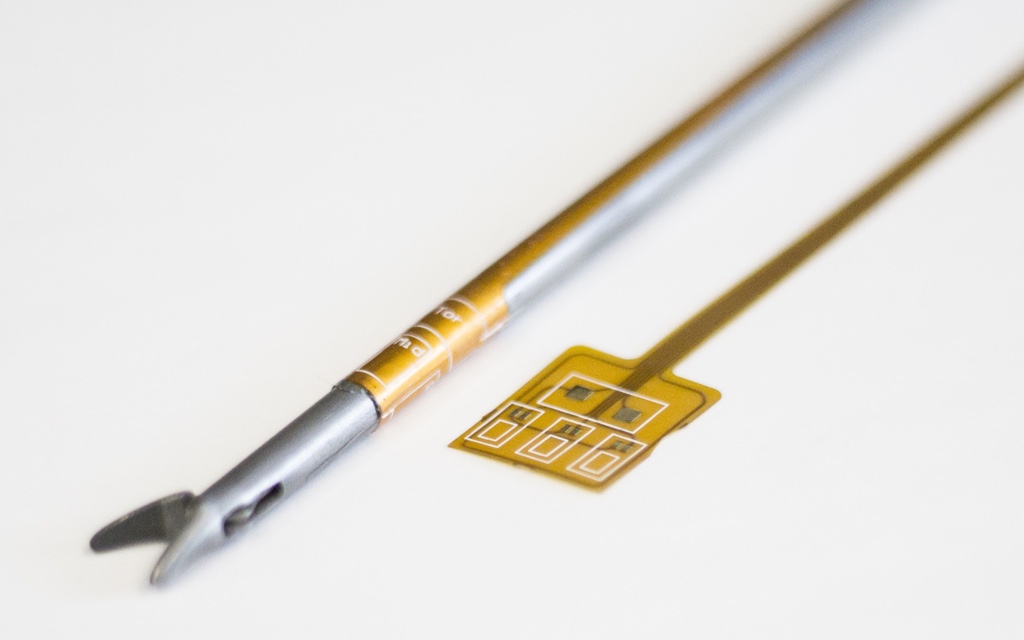
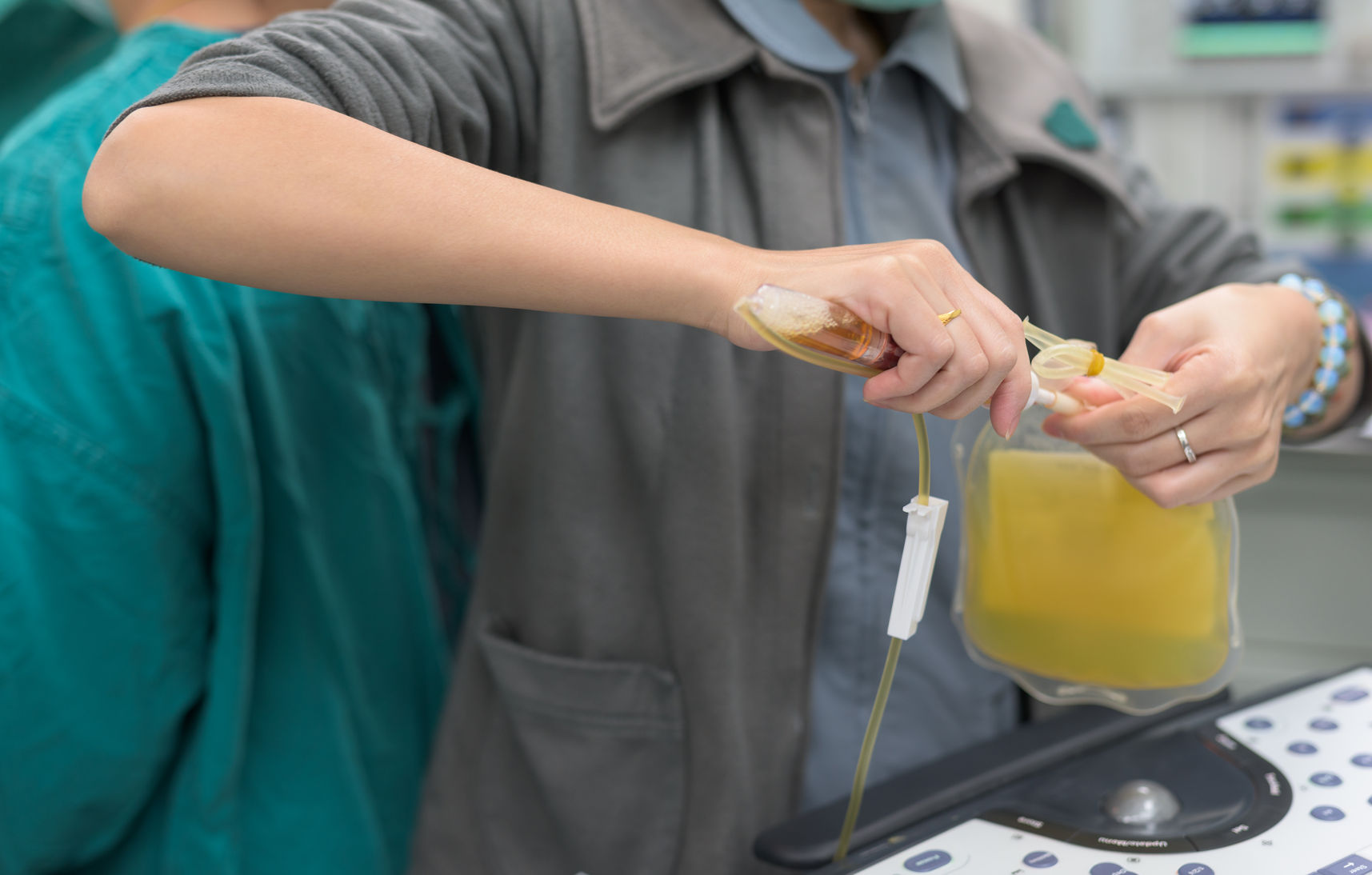
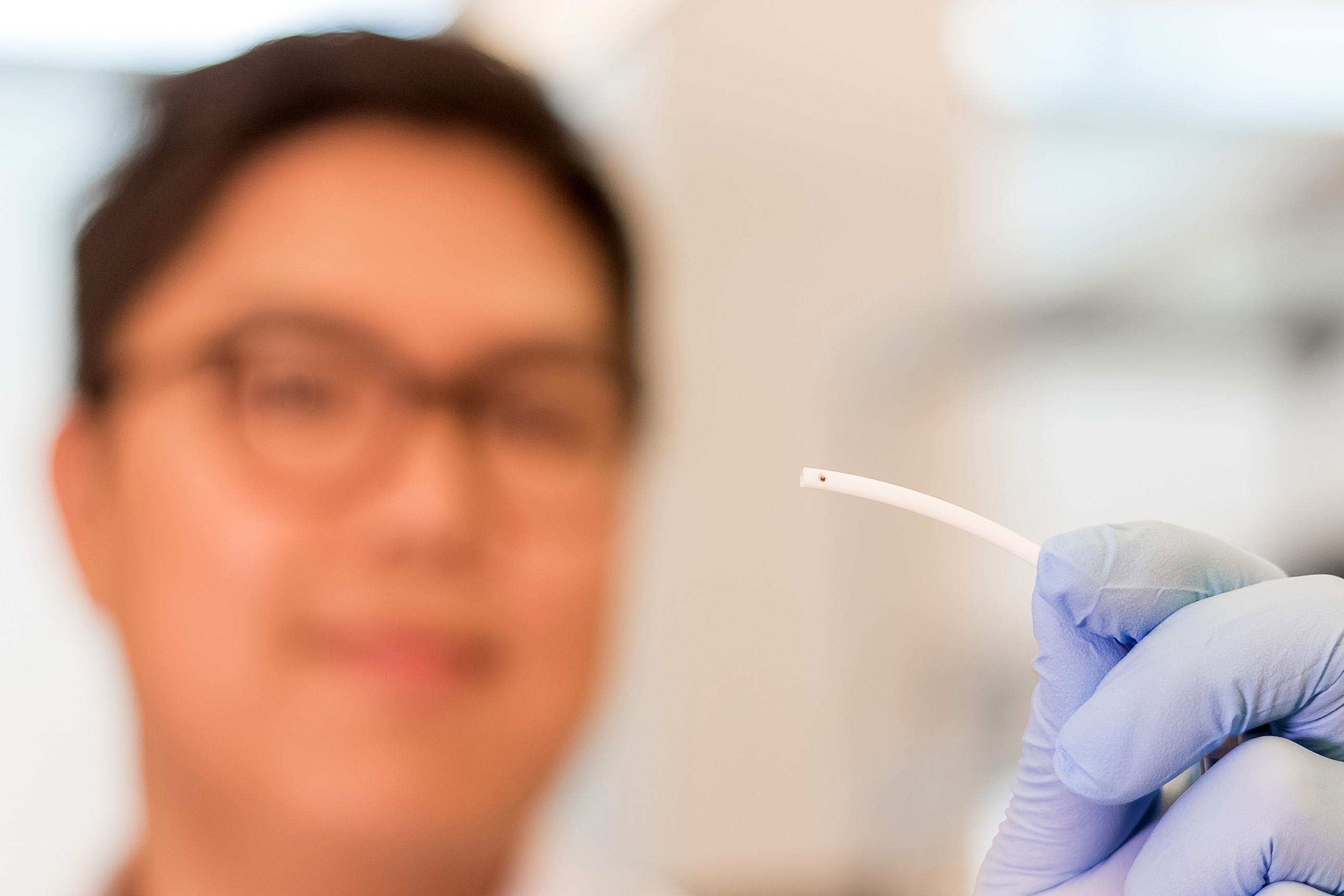

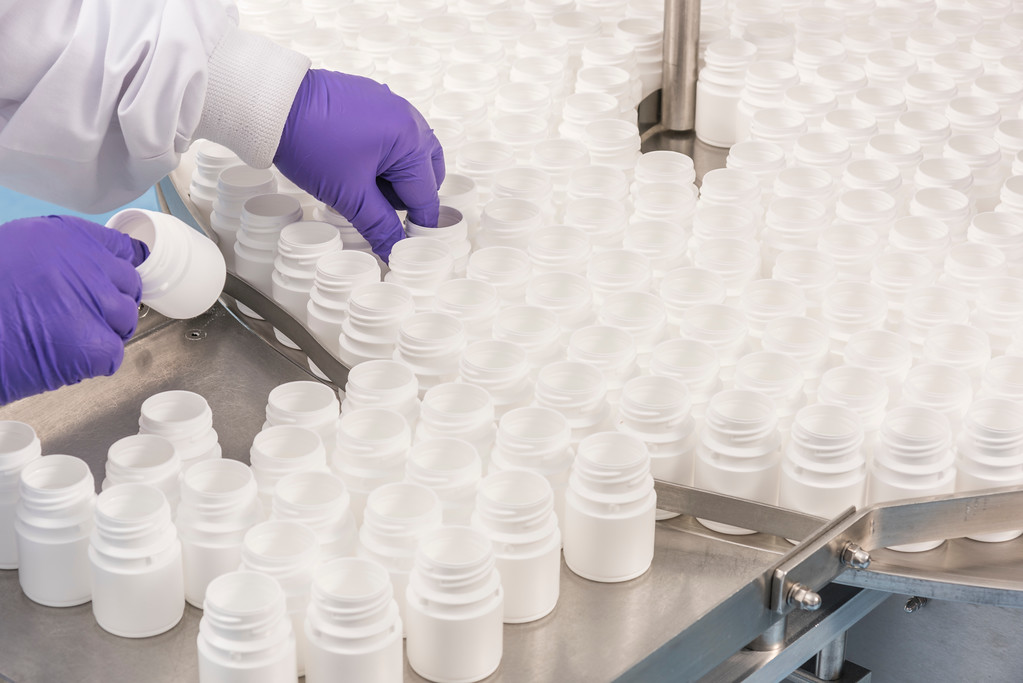


Join or login to leave a comment
JOIN LOGIN